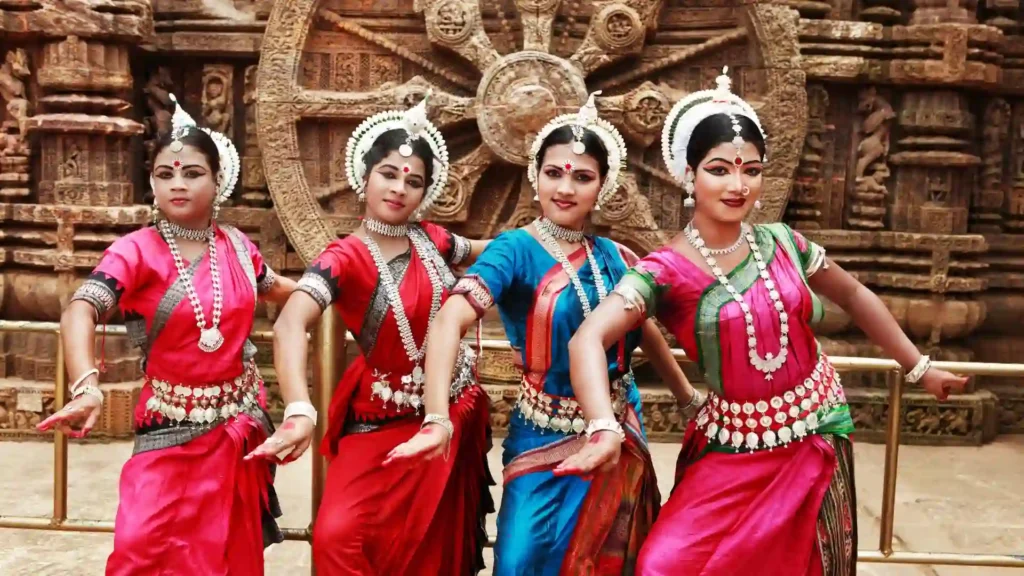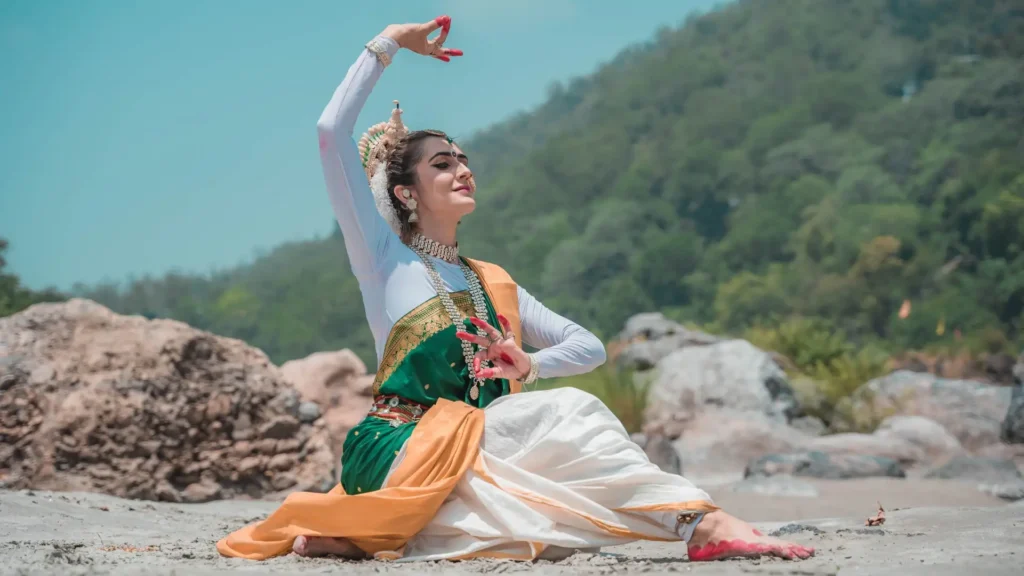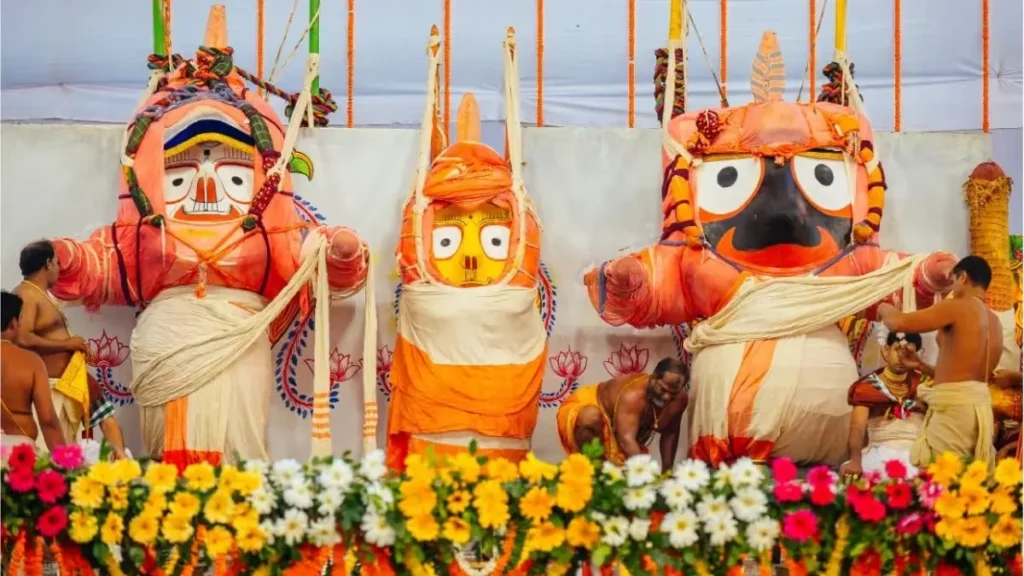
Introduction to Odissi Dance
Odissi Dance is more than just a performance; it’s a poetic expression of devotion, grace, and history. Moreover, it was officially recognized as a classical dance form in 1958 by the Sangeet Natak Akademi. Historically, it hails from the temples of Odisha, particularly the majestic Konark and the sacred Lord Jagannath Temple in Puri.
Initially, it developed from temple rituals performed by devadasis (female temple dancers) and gotipuas (young boys dressed as girls). Gradually, Odissi evolved into a refined classical dance, weaving together Bhakti (devotion), Natya (drama), and Abhinaya (expression).A Glimpse into the History
How Odissi Found Its Classical Status
Firstly, Odissi was the fifth Indian classical dance to be officially recognized, following Bharatanatyam, Kathak, and Kathakali. As a result, the recognition came after tireless efforts by legendary dancers and scholars who polished and preserved its unique grammar, bringing Odissi into the spotlight.
Then, it was during performances by Indrani Rehman in 1958 that Odissi was showcased in a way that impressed national audiences, proving its merit as a distinct classical form.
Structure of an Odissi Performance
What Makes Odissi So Unique?
Every Odissi recital follows a carefully structured format that brings together spirituality, storytelling, and rhythm.
- To begin with, Mangalacharan – An invocatory piece to the divine
- Next, Batu Nrutya (Sthayi Nrutya) – Pure dance showcasing body movement and rhythm
- Then, Pallavi – A musical elaboration with graceful movements
- After that, Abhinaya – Expressive storytelling from Sanskrit and Odia literature, often the Gita Govinda
- Finally, Moksha – Culmination with spiritual liberation
Guru-Shishya Parampara: The Backbone of Odissi
How the Great Gurus Shaped Modern Odissi
Guru Kelucharan Mohapatra
Guru Pankaj Charan Das
Guru Mayadhar Raut
Guru Harekrishna Behera
Other Luminaries
Eminent Odissi Danseuses
Sanjukta Panigrahi
Kum Kum Mohanty
Sonal Mansingh
Minati Mishra
Priyambada Mohanty Hejmadi
Gita Mahalik and Dr. Ileana Citarist
Odissi Dance Costume: Where Tradition Meets Grace
What Does an Odissi Dancer Wear?
- To begin with, Costume: Traditionally handwoven silk saris from Odisha, especially Sambalpuri or Bomkai, in vibrant colors.
- Additionally, Jewelry: Silver ornaments like bahichudi (bangles), kankana (wristlets), jhhumka (earrings), and the mathami (forehead ornament).
- Moreover, Headpiece: The Tahiya, a crown-like accessory made of white flowers or intricate sholapith.
- Finally, Makeup: Highlights expressive eyes with kajal and a red bindi on the forehead.
Why Odissi Is More Relevant Than Ever
The Dance That Connects Past to Present
In today’s fast-paced world, Odissi offers a sacred pause. Indeed, it’s not just about technique but about invoking devotion and connecting to one’s roots. It’s a dance of emotion, rhythm, and spiritual experience.
As a result, many academies in India and abroad now offer Odissi training, keeping the tradition alive among newer generations.People Also Ask
Q1: What is the origin of Odissi dance?
Q2: Who is the most famous Odissi dancer?
Q3: What is the costume of Odissi dance?
Q4: What are the main elements of Odissi dance?
Q5: How is Odissi different from other Indian classical dances?
Are you mesmerized by the grace of Odissi? Do you want to explore this timeless art form or support its preservation?
To begin with, join an Odissi workshop near you.
Alternatively, watch a live Odissi recital online.
Furthermore, read more about the Gurus who shaped Indian dance.
Ultimately, let the soul of Odisha’s classical legacy enrich your life—one mudra at a time.


Pingback: Mahari Dance of Odisha – Origin, and Legacy of Puri’s Devadasis